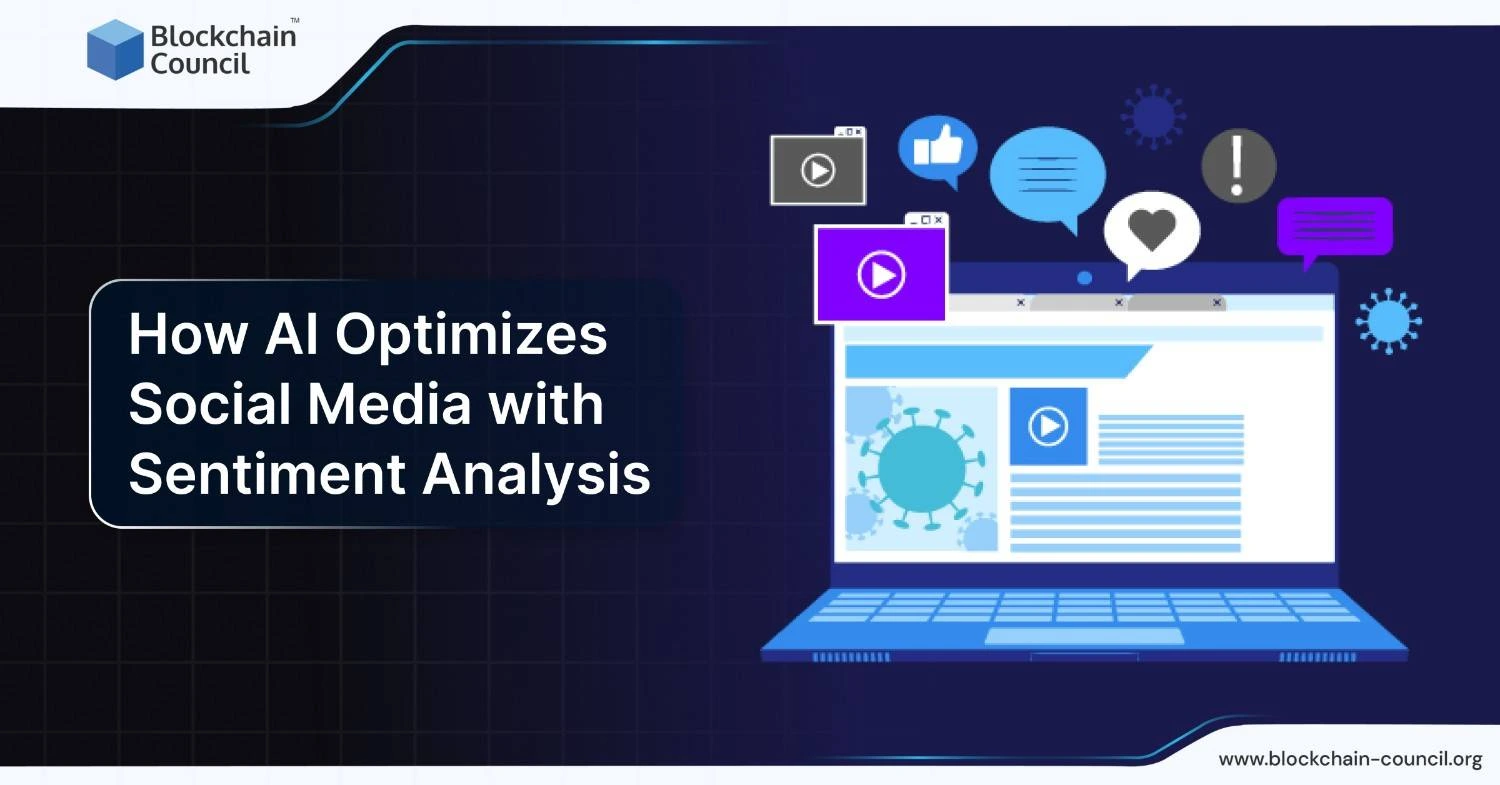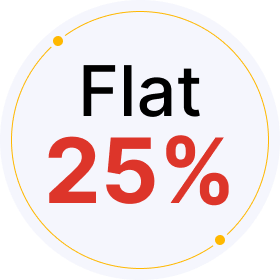
- Blockchain Council
- September 02, 2024
What is Leonardo AI? Simplified
Leonardo AI is a state-of-the-art platform for generating AI images. It turns your textual descriptions into unique, original digital artwork in seconds. Ideal for both non-technical users and professionals, Leonardo AI offers access to a wide array of pre-trained image models. This technology simplifies the creation of digital art, game assets, and more, leveraging the power of generative AI to revolutionize content production, particularly in gaming and entertainment sectors. Its foundation is on Stable Diffusion, enabling a text-to-image generation process that is both powerful and user-friendly..
Also Read: 10 Best AI Crypto Trading Bots
Wondering how to get started with Leonardo AI? Getting started with Leonardo AI is straightforward and easy. Just have a look at this step by step process.
How Leonardo AI Works – A Complete Analysis
Leonardo AI is built on Stable Diffusion technology. It leverages a combination of sophisticated algorithms to understand and interpret textual descriptions, translating them into visually compelling content. Stable Diffusion is a cutting-edge approach in machine learning that transforms text prompts into detailed images.
One of the remarkable achievements of Leonardo AI is its ability to generate 4.5 million new images daily, amassing over 700 million images since its inception. This feat is supported by its migration to Amazon Web Services (AWS) to accommodate its rapid user growth, emphasizing its scalable infrastructure and commitment to delivering a high-quality user experience. With models like “Absolute Reality v1.6,” “Leonardo Diffusion,” and “DreamShaper,” among others, Leonardo AI caters to a broad spectrum of artistic needs, from photorealistic portraits to imaginative fantasy worlds. Here’s are the two steps it incorporates:
- Data Training: Leonardo AI’s model is honed using vast datasets, such as the LAION-400M dataset, featuring hundreds of millions of image-text pairs, providing a rich basis for the AI to learn from.
- Advanced Algorithms: Incorporating techniques from CLIP (Contrastive Language–Image Pre-training), developed by OpenAI, Leonardo AI excels in matching text descriptions with relevant image regions, further enhancing its ability to generate images that closely align with user prompts.
Here’s a breakdown of how this technology powers Leonardo AI:
- Textual Input Interpretation: The journey begins with the user providing a text prompt. Leonardo AI analyzes this input, identifying key descriptors, and contexts to understand the intended visual output.
- Latent Space Mapping: The interpreted text is then mapped onto a high-dimensional space called “latent space.” This space contains countless potential image representations, where similar features are closer together, enabling the AI to find a starting point for the image generation.
- Diffusion Process: Utilizing the principles of Stable Diffusion, Leonardo AI iteratively refines the initial noisy image representation. This refinement process involves gradually reducing the randomness (or “noise”) in the image, aligning it more closely with the features and attributes described in the text prompt.
- Image Generation: Through a series of diffusion steps, the initially indistinct image gradually takes shape, becoming a detailed and coherent visual representation of the textual description provided by the user.
This method ensures that each generated image is unique, catering to the specific requests of users while maintaining a high level of creativity and detail.
Customization through Pre-Trained and User-Trained Models
Leonardo AI elevates the text-to-image generation process by offering both pre-trained and user-trainable models, providing versatility and personalization to its users:
- Pre-Trained Image Models: Leonardo AI comes equipped with a vast library of pre-trained models. These models have been exposed to a diverse range of images and text descriptions, enabling them to generate a wide array of images across various styles and themes. Users can select from these models based on the specific requirements of their projects, ensuring that the generated images align closely with their vision.
- User-Trainable Models: For those seeking a more tailored experience, Leonardo AI provides the option to train custom models. This feature allows users to feed the AI with a specific set of images and associated descriptions, essentially teaching the model to generate images that adhere to a particular style or theme. This capability is particularly valuable for professionals in creative industries, enabling them to create bespoke images that stand out in their respective fields.
Also Read: What is AI Voice Generator?
Insights into Using Negative Prompts for Refining Results
Negative prompts offer a way to fine-tune the outcomes by specifying what you don’t want in the generated images. This technique is invaluable for removing unwanted elements, improving image quality, and achieving a closer match to your vision. For example, if you notice unwanted artifacts or distortions in an initial output, including negative prompts such as “no blurry objects,” “no pixelation,” or “avoid cartoon style” can significantly enhance the result. This method requires a balance; too many negative prompts might restrict the AI’s creativity, so it’s recommended to use them judiciously alongside positive prompts for the best outcomes.
The Importance of Detailed Prompts
Crafting detailed prompts is key to guiding Leonardo AI toward producing highly detailed and specific images. Starting with the main subject and adding descriptive elements such as settings, actions, or moods can significantly impact the final output. For instance, specifying “a sleeping white cat in a sunlit room with a vintage feel” can lead to more nuanced and visually appealing images than a generic prompt like “a cat sleeping.” Detailed prompts help the AI grasp the context and intricacies of your request, leading to richer and more engaging images.
Tips and Tricks for Maximizing Leonardo AI’s Potential
Start with a Clear Vision
Have a concrete idea of what you want to achieve. Use positive prompts to describe your vision precisely and negative prompts to eliminate unwanted elements.
Experiment with Different Parameters
Don’t hesitate to play around with various settings and prompt adjustments. Experimentation can reveal new creative possibilities and help you discover the optimal setup for your specific needs.
Incorporate Style References
If you’re aiming for a specific artistic style, mentioning well-known styles or artists (while respecting copyright considerations) can guide the AI in the right direction. For instance, prompts like “in the style of impressionism” can lead to distinct stylistic outcomes.
Iterate and Refine
The process of achieving the perfect image often involves several iterations. Based on the results of initial prompts, refine your approach with additional details or adjustments to negative prompts. This iterative process allows for continual improvement and closer alignment with your artistic vision.
Also Read: What is Machine Learning and How Does It Work?
Conclusion
Leonardo AI represents a significant leap forward in the realm of AI-driven creative processes. By providing a robust, user-friendly platform, it enables creators of all skill levels to bring their visions to life with an unprecedented level of precision and versatility. This deep dive into Leonardo AI’s working not only showcases its capabilities and contributions to the AI field but also emphasizes its role in empowering creators and businesses alike. As Leonardo AI continues to evolve, it promises to push the boundaries of what’s possible in the AI space, offering new opportunities for innovation and creativity.
Frequently Asked Questions
What is Leonardo AI?
- Leonardo AI is a cutting-edge platform for generating AI images.
- It turns textual descriptions into unique digital artwork in seconds.
- Ideal for both non-technical users and professionals.
- Offers access to a wide array of pre-trained image models.
How does Leonardo AI work?
- Built on Stable Diffusion technology, it interprets textual descriptions and translates them into visually compelling content.
- Utilizes advanced algorithms to understand and interpret text prompts.
- Maps interpreted text onto a high-dimensional space called “latent space.”
- Refines noisy image representations iteratively to generate detailed visual outputs.
What industries can benefit from using Leonardo AI?
- Leonardo AI is beneficial for industries such as gaming, media, entertainment, marketing, and creative arts.
- It simplifies the creation of digital art, game assets, and other visual content.
- Professionals in creative industries can use it to produce bespoke images tailored to their specific needs.
What tips can enhance my experience with Leonardo AI?
- Start with a clear vision and use positive prompts to describe it precisely.
- Experiment with different parameters and adjustments to discover creative possibilities.
- Incorporate style references to guide the AI toward desired artistic outcomes.
- Iterate and refine your approach based on initial results for continual improvement.



































































 Guides
Guides News
News Blockchain
Blockchain Cryptocurrency
& Digital Assets
Cryptocurrency
& Digital Assets Web3
Web3 Metaverse & NFTs
Metaverse & NFTs
